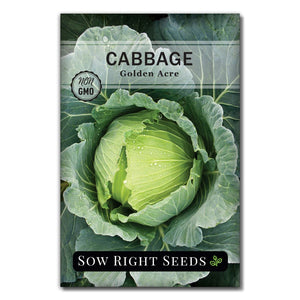How to Choose the Perfect Garden Spot: 5 Essentials to Consider
Garden designThe first step in planning your garden is deciding on a site to grow. Assess the areas you are considering for your garden to set yourself up for success. Spending just a little time on this vital step will make a huge difference in your experience. You’ll be able to choose the right plants to grow for the conditions in your garden rather than fighting the environment. When conditions are right, everything works together much better.

Don’t just decide on a plot without taking the time to consider your assets and challenges before planting. There are some things you should consider before you start.
The Perfect Garden Spot Checklist
1. Sunlight & Sun Exposure
Consider carefully the amount of sunlight your site gets and pair that closely with the plants you decide to grow. Some plants absolutely need full sun to grow, but others will tolerate a bit more shade. In very hot climates, a little shade can even be protective for heat-sensitive plants.
If your prospective garden plot doesn’t have full sun all day long, take note of how many hours of shade there are to determine if it’s mostly a sunny spot or if it’s mostly a shady spot. Spaces with dappled shade from trees are more adaptable than areas that are shaded from buildings.
2. Room to Grow
Make sure you’ve got enough room for your plants when they are fully grown. It’s easy to underestimate this when they are still in the seedling stage, so consult our packets to make sure you’re aware of how big the plants will get and what their spread will be when fully grown.
If you realize you’ll be short on space, then you can think about solutions. Perhaps you’ll decide to provide vertical space for vines rather than letting them sprawl on the ground, or you may opt for growing different plants altogether.
Smaller plants, such as our Spacemaster Cucumbers and Tiny Tim Tomatoes, make it easier to have a prolific harvest in a small space.
3. Soil Quality
What type of soil are you starting with? It’s helpful to assess your soil quality. In general, you want an area that has loose, rich soil on level ground. If your soil doesn’t meet those qualifications, consider growing in raised beds.
If you’re growing outside in the ground, especially in any urban or suburban setting, get your soil tested to know exactly what your soil situation really looks like. Testing lets you know the nutrient profile of your soil so you can make any necessary improvements. Soil testing is especially important if you are growing anything edible so that you can find out if there are any soil contaminants or heavy metals to worry about.
Soil quality is the foundation of a healthy garden. It's worth your time and effort to make sure you create fertile garden soil.
4. Access to Water
What’s the drainage situation in your chosen garden site? How close is it to a water source? Can you set up a sprinkler or other watering system easily? These questions can help you decide what plants to grow, as well as how much you’ll need to mulch or take other measures for water retention.
Avoid low-lying areas that get swampy or submerged in water for a long time for vegetable gardens, and instead, opt for an area with good drainage so that the plants get plenty of oxygen to their roots.
Setting up a reliable watering system will be to your advantage.
5. Accessibility & Proximity
How easy is it to get to the garden? Is there an area nearby that’s convenient for storing your tools? Will you find it a pain to go out and pick vegetables?
This is largely a matter of preference, but choosing a spot that’s accessible means you’ll enjoy your time in the garden more, and probably will be much more successful, too. It’s a good idea to put plants like herbs closer to the house so that it’s simple to run out and snip a few leaves to add to your supper in just a minute, for example.
These considerations are important for any sort of garden you might be planting, not just traditional vegetable gardens. For example, your container garden has the same basic needs as a garden plot, even though you have to think about things a little differently. To get enough sun, you might decide to rotate your pots through with the sun or try out different locations.
With a little planning, you can pick the perfect garden spot and the right plants. You’ll be glad you took a little time to consider all of these details when your flowers, herbs, and vegetables are happy and thriving.
Resources:
https://www.canr.msu.edu/news/choosing_a_smart_site_for_your_vegetable_garden
https://extension.unh.edu/resource/preparing-vegetable-garden-site
https://agrilifeextension.tamu.edu/library/gardening/planning-a-garden/
Written by Teresa Chandler











Leave a comment